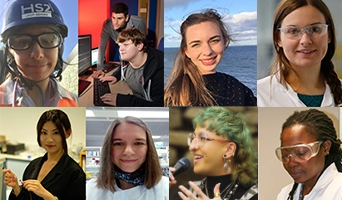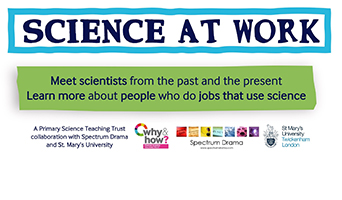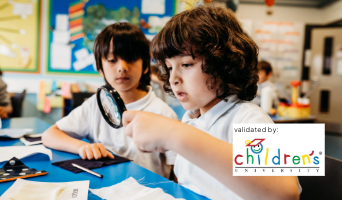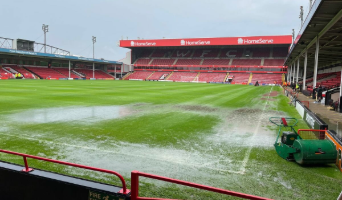
Climate Science, Rocks, Fossils and Soils, Seasonal Change
Why are football pitches flooding?
Curriculum links: Soil / Weather / Climate
Practical Science, Science Enquiry, Scientists and their work, Topical Science | 7-9, 9-12

Animals, Climate Science
Climate models help us plan sports events
Curriculum links: Exercise / Health (pulse and circulation) / Climate science
Practical Science, Science Enquiry, Scientists and their work, Topical Science | 9-12
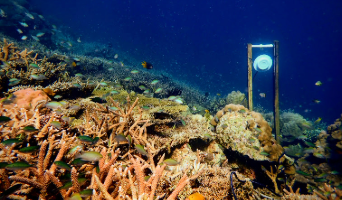
Climate Science, Energy, Sound
Soundscapes can help restore coral reefs
Curriculum links: Sound / Climate change
Practical Science, Science Enquiry, Scientists and their work, Topical Science | 7-9, 9-12

Climate Science, Properties & Uses of Materials
Geoengineering could slow melting of Arctic ice
Curriculum focus: Properties and uses of materials (reflectivity) / Climate change
Practical Science, Science Enquiry, Scientists and their work, Topical Science | 7-9, 9-12
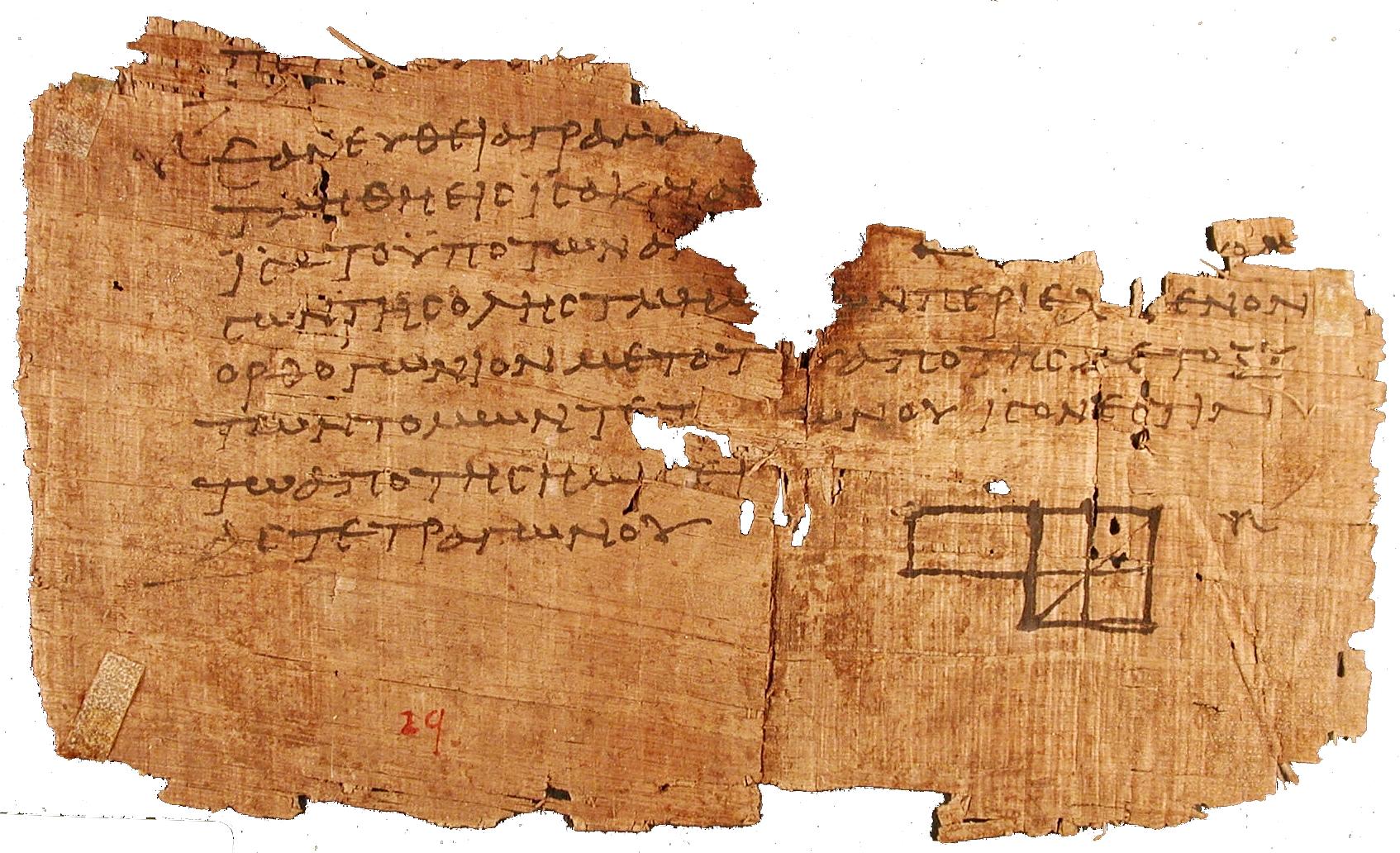
Properties & Uses of Materials
Historical ink
Curriculum focus: Separating materials (ink)
Enrichment, Science Enquiry, Scientists and their work | 7-9, 9-12

Forces
Weird, wiggly, crawling wheels roam Mars
Curriculum focus: Friction
Enrichment, Practical Science, Science Enquiry, Scientists and their work | 7-9, 9-12
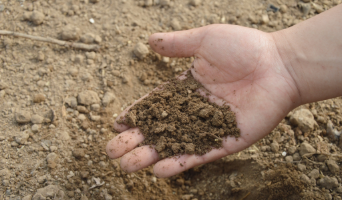
Rocks, Fossils and Soils
Soil Fungi could Reduce Global Warming
Curriculum focus: Soil
Enrichment, Practical Science, Science Enquiry, Scientists and their work, Topical Science | 7-9, 9-12
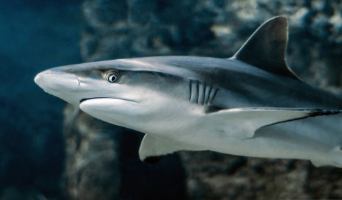
Animals
How to Calculate the Age of a Shark
Curriculum focus: Growth and Ageing
Enrichment, Practical Science, Science Enquiry, Scientists and their work, Topical Science | 7-9, 9-12
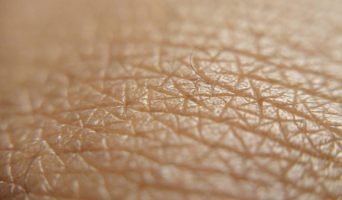
Animals
How to Grow a New Skin
Curriculum focus: Healthy body (skin)
Enrichment, Practical Science, Science Enquiry, Scientists and their work, Topical Science | 7-9, 9-12

Space
How to Play Planetary Hide & Seek
Curriculum focus: Space (relative movement of planets)
Enrichment, Practical Science, Science Enquiry, Scientists and their work, Topical Science | 7-9, 9-12

Properties & Uses of Materials
How to Clean Water Using a Molecular Sieve
Curriculum focus: Separating mixtures and dissolving
Enrichment, Practical Science, Science Enquiry, Scientists and their work, Topical Science | 7-9, 9-12
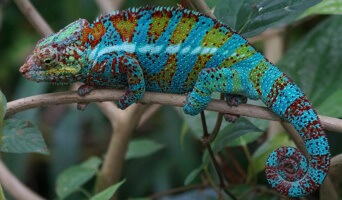
Biodiversity & Habitats
Stripes & Concealment
Curriculum focus: Adaptation (camouflage)
Enrichment, Practical Science, Science Enquiry, Scientists and their work, Topical Science | 7-9, 9-12


















